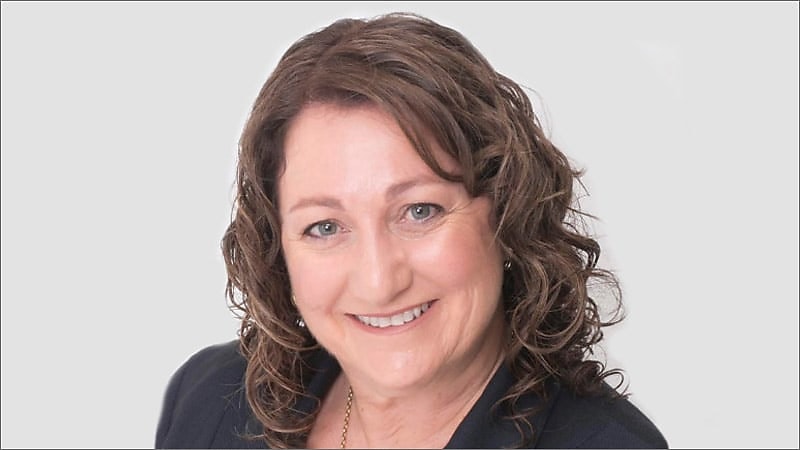‘Unprecedented’ wind-up statistics show SMSF sector is strengthening: professional

The dramatic drop in the number of SMSF wind-ups in the June quarter indicates more people are recognising the benefits of holding on to their self-managed fund past retirement, says a leading auditing specialist.
Shelley Banton, head of education for ASF Audits, said she was surprised to see the number of wind-ups in the latest ATO quarterly SMSF statistics had dropped to just 297.
Ms Banton said there is usually an uptick in these figures each June quarter, with the past three years showing wind-ups of more than 10,000 funds.
The June 2022 quarter figure for wind-ups was 10,555, June 2021 recorded 12,988 June 2020 had 12,124 and June 2019 had 13,381.
“This figure of 297 is unprecedented,” she told SMSF Adviser.
“I was expecting to see the June quarter figures spike significantly, and although it has been steadily decreasing over the past few years, it has always been in the four figures.
“This year’s figures are phenomenal. It is great for the sector and shows that people are becoming more aware of the benefits of SMSF.”
The Class 2023 Annual Benchmark Report also noted a significant increase in people over the age of 75 years who had retained their SMSF, indicating that rather than winding up their fund once they reach retirement age, many are now opting to continue to take advantage of the benefits an SMSF can provide.
Ms Banton said although there may well be a hangover of wind-ups in the September quarter, she does not expect it to reach into the tens of thousands.
“People are living longer and that could be part of this drop in the number of wind-ups,” she said.
“This latest figure is an interesting trend, and a great outcome for SMSFs.
“There could also be the SuperStream factor with people rolling over their super funds as well.
“People are deciding to keep their SMSfs going as they are getting a better return than from their APRA fund.
“With an SMSF they have more control. They can start a pension on the day whereas in an APRA fund it can take a minimum of six weeks to get into the payment cycle that APRA funds have.
“SMSFs offer flexibility and control that an APRA fund does not.”
The steady growth in the number of SMSF establishments in the June quarter is also a reflection of the awareness of the benefits SMSFs provide, said SMSFA CEO Peter Burgess.
Mr Burgess told SMSF Adviser the statistics bear out the trend that Gen X are one of the fastest growing cohorts in the SMSF sector.
The latest data revealed there has been a surge in the number of people in the lower income bracket ($0-$20,000) becoming SMSF members, which Ms Banton said could be for a variety of reasons. Data showed there was an increasing number of five or six-member funds which could indicate parents are encouraging their children to join them in their own fund, rather than staying in an industry-based one.
“If children are earning money, it could be that their parents are bringing them into their own SMSF rather than have their contributions being eaten up by APRA fund fees,” she said.
“It could also reflect the changes in the work test and the fact that there are more older people working part-time, or are partially retired and getting some extra money that they are putting into their SMSF.”
There was also a significant increase in the amount of benefits paid out in the latest report.
In the 2021–22 financial year, total benefits paid exceed $36 million, compared to around $30 million in 2020–21 financial year.
Mr Burgess said he was surprised by this, believing the figure would have actually decreased over the financial year.
“However, with an ageing population and more people retiring, this does reflect that the system is working, and people are accessing their entitlements,” he said.
Ms Banton said other reasons for this increase could be that people are spending more after being restricted for the past few years due to COVID-19 and the minimum pension changes.
“People are beginning to spend again. They may be travelling again, upgrading their car, taking the family out,” she said.
“They want to have the good life again after being cooped up for so long.
“As well, the cost of living has gone up and there has been a rise in the inflation figures – all of these could be contributing to this figure.”
Mr Burgess said overall, the statistics point to good solid growth in the sector, with younger people choosing an SMSF over an APRA fund.
“Technology is certainly helping people not just with setting up and managing their SMSF, but they have more access to information and younger investors are feeling empowered,” he said.
“There has also been a lot of credible research about the cost effectiveness of an SMSF which has challenged the beliefs that SMSFs are not cost comparable to bigger funds.”






